Decorating 101: How to Choose Your Colors
http://decor-ideas.org 06/14/2014 20:16 Decor Ideas
Once you have figured out what style of interior you want and how much you want to spend, your next decision is: What colors should you use?

At the beginning of our Decorating 101 series, I recommended collecting photos of rooms that you like. And don’t just limit yourself to room shots. “I tear a lot of photos out of Vogue that are very inspirational to me for color palettes,” says San Francisco designer Allison Caccoma. Take out those images or call up your Houzz ideabook now and have a good look. Are there certain color palettes that appear over and over? Is there one color that you find yourself liking the most? That should help you choose an overall palette for your decorating project.
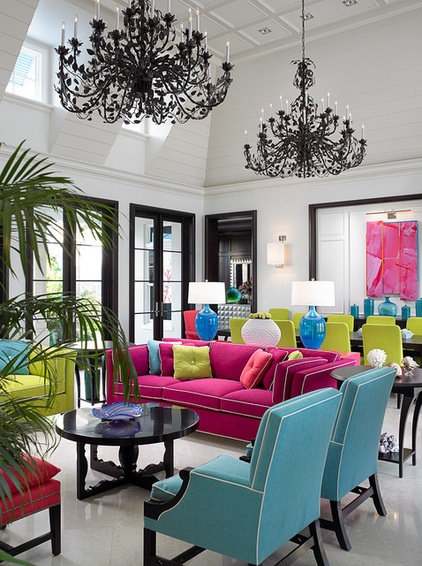
Bear in mind that just because you like a color doesn’t mean it’s necessarily ideal for your project. “What mood are you trying to achieve?” asks Woodland Hills, California, interior designer Alana Homesley. Do you want the place to be bright and cheery, or dark and cozy? If it’s the former, brown may not be the right color to emphasize in your interior even if you love it.
Consider your location and the amount of light you have as well. Bright, hot colors work well in warm, sunny climes, where the sun diminishes their intensity. But they may not look as good in grayer northern climes.

Sometimes the best colors can be found right outside your door — in the vegetation and rocks in your landscape.
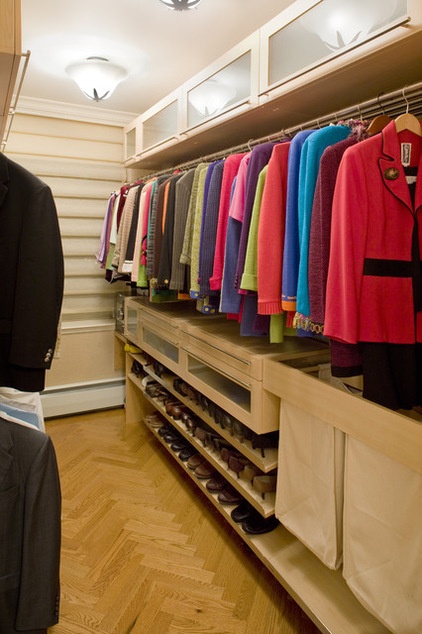
While it’s often suggested that you look to your wardrobe for color inspiration, Caccoma disagrees. Just because you like wearing something doesn’t mean you’d like to live in those colors, she says. Conversely, there might be colors you love to see in homes but wouldn’t be caught dead wearing.
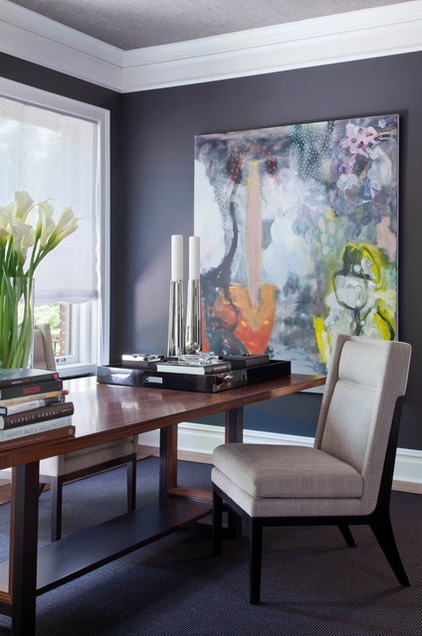
Another approach to choosing color is to take the hue from an object you already own — ideally, an investment piece like a work of art or a rug. If you love the item, then you will usually love the same colors reflected elsewhere in the room.
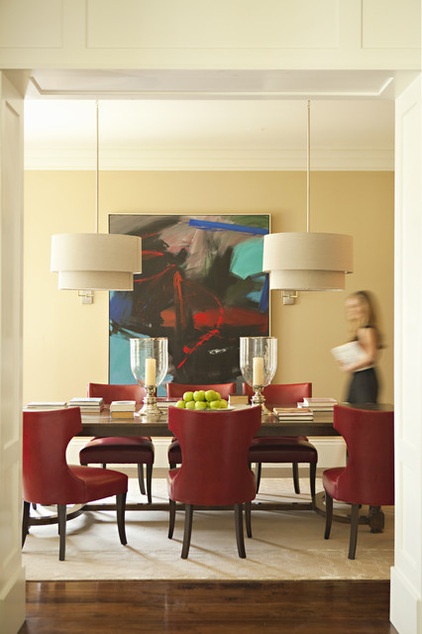
In this dining room, the splashes of red in the canvas are echoed in the dining chairs, making the space feel cohesive. Notice how the rest of the furnishings are neutral, proving that you don’t need to use color everywhere to make a statement.
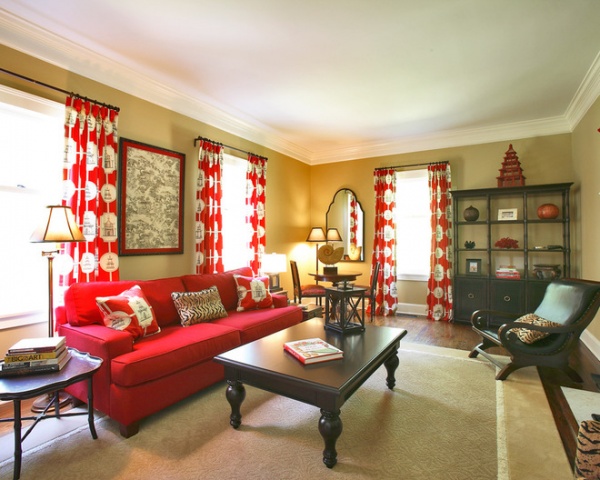
Now that you’ve chosen some colors, where should you use them? That depends a lot on your comfort level and in some cases your budget. Why budget? If you like to jump on the current trendy color, realize it may become dated quickly, and you’ll have to spend money to change it. “Only follow the trend if you truly like that color,” cautions Amy Luff of Viva Luxe Studios in Bristol, Virginia. If you want your decor to feel current longer, steer clear of fads, or apply those colors in accessories like pillows that you can change out easily.
Budget can also dictate whether you use the color on something that is costly to change, like a sofa, or on items that can be altered inexpensively, like wall paint and accessories. “I think a red sofa is fabulous,” says Caccoma. But you’re going to be locked into that color for a long time, she cautions, because sofas are expensive to buy or reupholster. Think long and hard about whether you can live with that color for an extended period of time.
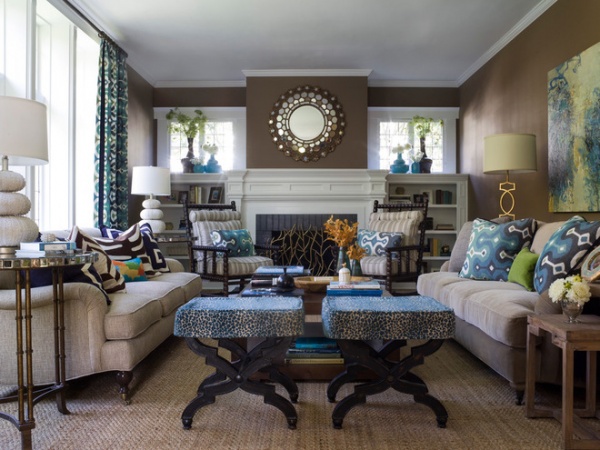
If you prefer to play it conservatively, use neutral colors for your investment pieces and overlay other colors. “They don’t necessarily need to be the statement of the room,” says Caccoma. “You can incorporate that color in accessories very, very easily. It doesn’t have to be the entire room.”
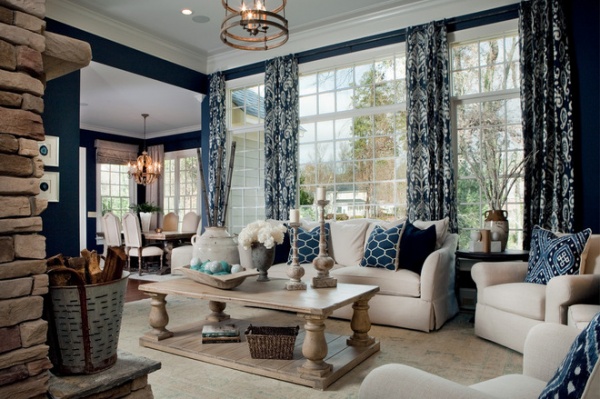
Blue comes through strong and clear in this room but is confined to pillows, draperies and paint — elements that could easily be changed should the owners want to redecorate.
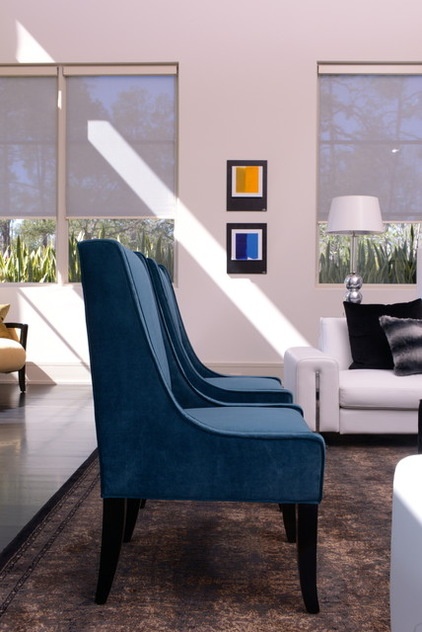
Some colors are naturally more versatile than others, Luff points out. A blue occasional chair will go well with lots of other colors and will give you the flexibility to change your palette without changing the chairs. An orange chair? Not so much.
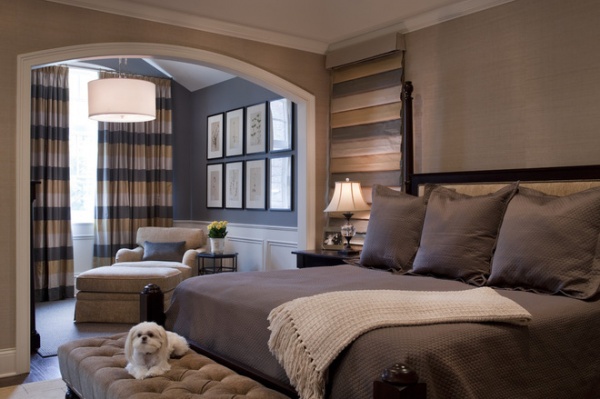
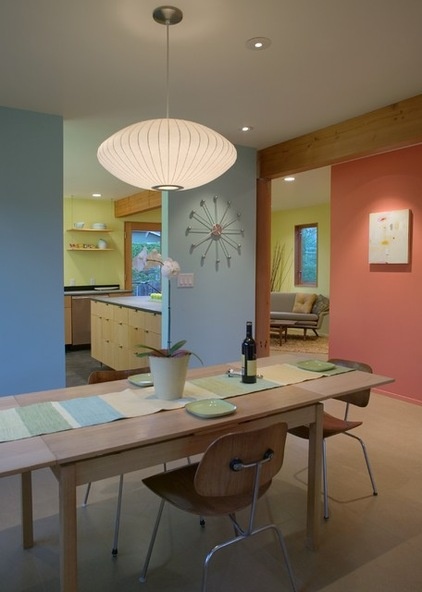
Naturally, you don’t have to limit yourself to one color palette for the whole house. “I like changing colors from room to room,” says Caccoma. The important thing is to maintain a consistent feeling throughout the home, she says, and not to, say, use primaries in one room and pastels in another. It also helps if there’s a through line, like a common trim, ceiling or floor color, to unite the interior.
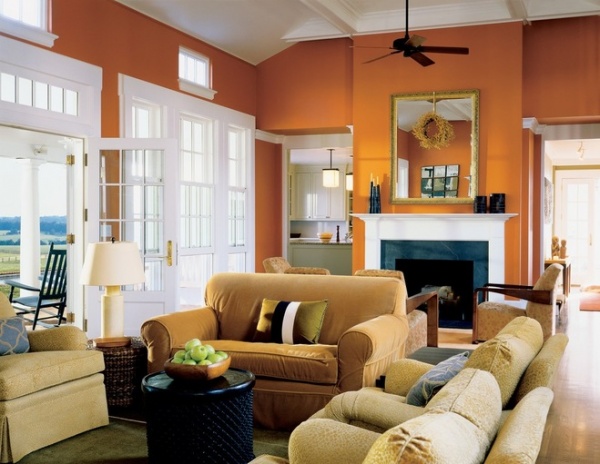
Once you’ve chosen your color palette, the temptation is to start off by choosing your paint. “Pick the paint color last,” Caccoma advises. “Many people paint a room and have to decorate around it — which is almost impossible. Select fabrics and rugs first, then you can choose a color which works with the room as a whole.”
More Decorating 101: How to Start a Decorating Project | Do It Yourself or Hire a Pro? | How Much Is This Going to Cost Me?
Related Articles Recommended












